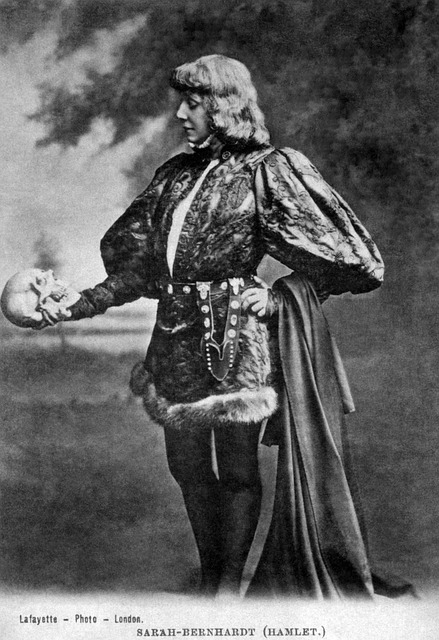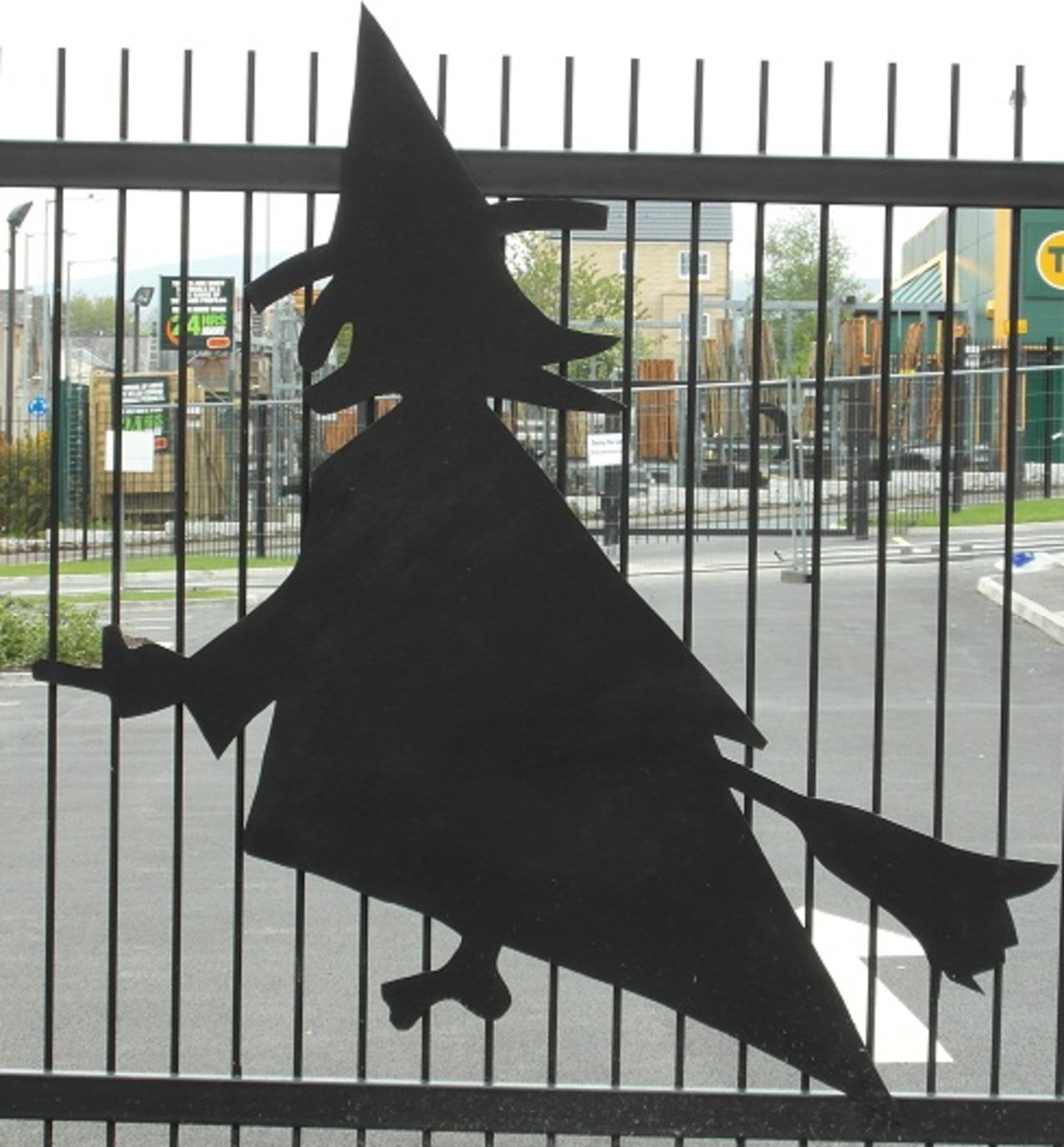What is a soliloquy ?
What is a soliloquy?
What is a soliloquy
Soliloquy (so·lil·o·quy) should be pronounced “sə-‘li-lə-kwē" is a noun. The plural form is: plural so·lil·o·quies. The word is derived from Late Latin “soliloquium” which comes from Latin “solus” meaning “alone” and “loqui” – “to speak”.
The word soliloquy originated in the first decades of the 17th century presumably round 1613. Shortly speaking, the word “soliloquy” refers to a character speaking aloud to oneself in a literary or dramatic piece performed in this manner.
Soliloquy is a type of literary or dramatic discourse (monologue) representing a number of unspoken thoughts. The verb is “to soliloquize” and would mean an act of speaking to himself or herself without an address to auditory. When soliloquizing, the person immerses in his (or her) feelings and emotions and speaks to oneself reflecting on it so that the audience may hear. The cited soliloquy would likely be referring to a particular character in the play, or an event. The soliloquist would normally remain alone on the stage – and this is the key feature in which it differs from the monologue.

Soliloquies Differ from Monologues and Dialogues
Both soliloquies and monologues involve a single character's speech (as opposed to dialogue, in which characters have a conversation), but they have one distinct difference. In delivering a monologue, the character is giving a speech to someone else in the story, play or film; he's speaking to someone. In giving a soliloquy, the character is alone, and speaking aloud so that only the audience can hear his thoughts.
The soliloquy allows the character to address the audience, usually in the form of speaking to himself aloud. The purpose would be to reveal inner struggles to the audience in depth so they gleam a better understanding of the character and what he's going through. There is a certain amount of intimacy that is achieved between the character and the audience, since the audience alone, and not the other characters, are privy to his inner thoughts. This can be quite a challenge for both the writer and the actor in making the speech sound natural.

About Soliloquies
This dramatic method was frequently used in poetic dramas of the 16th century, through most of the 17th century. It was a favored and an extensively used manner of William Shakespeare. Wonderful examples of soliloquies are found in the bard's plays Romeo and Juliet, Macbeth, and of course Hamlet.
By employing soliloquies in his plays, Shakespeare managed to keenly reveal the true characters in his dramas. As a vivid example let’s recall the most famous of all soliloquies, Hamlet’s 'To be, or not to be?' speech. By essentially speaking to himself, pondering his thoughts aloud, the audience becomes privy to his private struggle in contemplating suicide without any of the other characters of the play learning about it.
Among other prominent writers, and playwrights who implemented this creative approach are Pierre Corneille, Jean Racine and Tennessee Williams, and others. It is noteworthy that every writer pursued his own specific creative goals by means of soliloquies. The goal could be either to reach extraordinary lyricism, add a dramatic touch, or a psychological effect.
In the British theatrical and literary world of the Restoration era (dating back to late 17th century) the method of soliloquy fell out of favor. It became regarded as “non-natural” means of speech in the 1800s. However there were exceptions who would prove the soliloquy still an effective literary device that was not forgotten, among them Arthur Miller, John Guare and Brian Friel.
In the 21st century along with a total acceptance of creative diversity, soliloquy as a dramatic convention has been accepted with a new interest and understanding. It interprets the act of speaking to oneself as a means to confide, reveal the essence of one’s psyche. Now that the cultures have gone a long way in documentary film making soliloquy, no longer seems artificial or deterring aesthetically feeling.










